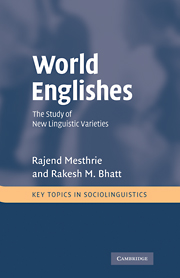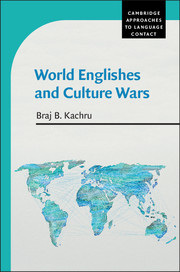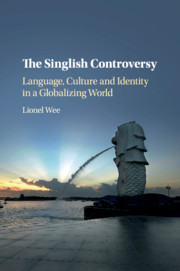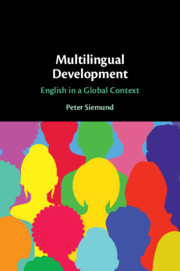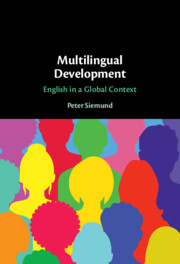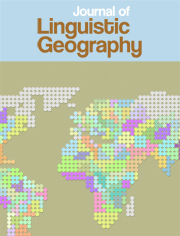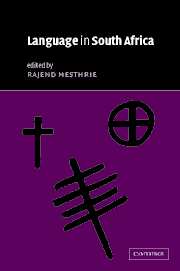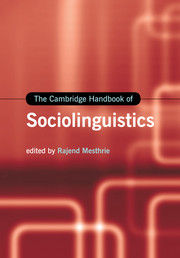World Englishes
The spread of English around the world has been and continues to be both rapid and unpredictable. World Englishes: The Study of New Linguistic Varieties deals with this inescapable result of colonisation and globalisation from a social and linguistic perspective. The main focus of the book is on the second-language varieties of English that have developed in the former British colonies of East and West Africa, the Caribbean, South and South-East Asia. The book provides a historical overview of the common circumstances that gave rise to these varieties, and a detailed account of their recurrent similarities in structure, patterns of usage, vocabulary and accents. Also discussed are debates about language in education, the rise of English in China and Western Europe, and other current developments in a world of global travel and migration.
- The spread of English around the world is a topic of interest to a wide range of potential readers
- Very topical - covers current debates such as language in education and the rise of English in China and Western Europe
- Includes end of chapter review questions, which allow the reader to monitor their understanding of the material presented
Reviews & endorsements
"...M&B's book is an important contribution to the field of contact linguistics. It is a thoughtful, clearly presented overview of Englishes around the world, which builds on substantial and authoritative scholarship, most of it by the authors themselves." --Journal of Pidgin and Creole Languages
Product details
July 2008Adobe eBook Reader
9780511406348
0 pages
0kg
5 b/w illus.
This ISBN is for an eBook version which is distributed on our behalf by a third party.
Table of Contents
- 1. History: the spread of English
- 2. Structural features of New Englishes I: morphology and phrasal syntax
- 3. Structural features of New Englishes II: cross-clausal syntax and syntactic theory
- 4. More on structure: lexis, phonology, and optimality syntax
- 5. Pragmatics and discourse
- 6. Language contact and language acquisition issues in New English research
- 7. Conclusion: current trends in the spread of English.

